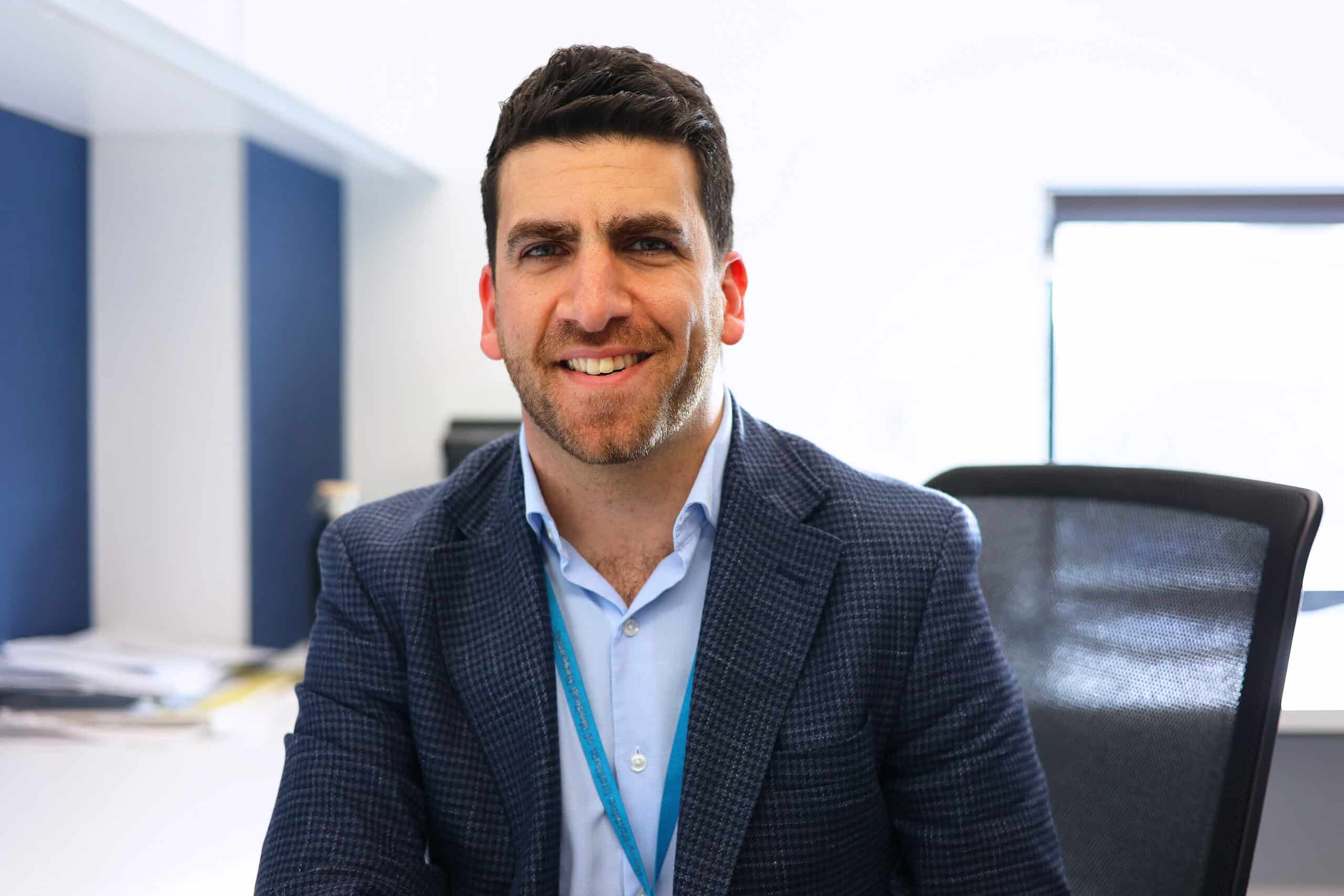
New AI stethoscope could revolutionise medicine and help detect the early signs of heart valve disease
A digital stethoscope that will easily be able to detect early signs of heart valve disease through the use of sophisticated artificial intelligence algorithms could be available to physicians by the end of this decade, according to new research being funded through Royal Australasian College of Physicians Foundation.
Heart valve disease (HVD) is a common, serious condition that frequently goes undiagnosed in patients. HVD occurs when one or more of a patient’s heart valves is damaged and can’t function properly, making it harder for the body to pump blood.
HVD can lead to serious and potentially fatal complications, including heart failure, stroke and blood clots.1 In 2021, there were at least 600,000 Australians living with HVD, and that figure is expected to double by 20502. Not only that, but it is also estimated that a quarter of a million Australians are living with undiagnosed HVD.
Lead researcher, cardiologist and RACP Fellowship award recipient Dr Abdul Ihdayhid at the Harry Perkins Institute of Medical Research and Curtin University said clinicians are urgently seeking for new ways to diagnose heart valve disease.
“HVD disease is underdiagnosed and undertreated. Patients often only recognise something is wrong when they present to an ER with heart failure, or they’ve had a heart attack or are just generally very, very unwell. We know that for a patient’s long-term prognosis, it is critical that HVD is detected early,” Dr Ihdayhid said.
“The journey for diagnosing valve heart disease starts with the humble stethoscope. The stethoscope has been an integral part of what we do in clinical medicine for the last 200 years. However, we know at present the results using a stethoscope can vary. We are trying to take away the variability and make the process easier to diagnose HVD via the use of artificial intelligence.
“We plan to develop a digital stethoscope that uses AI technology to easily detect heart abnormalities in patients. This technology could be used in someone’s home. A person can take their digital stethoscope and listen to their own heart and the AI algorithm will be able to tell them almost immediately if there is an abnormality. Or perhaps someone’s heart can be assessed during a routine trip to the pharmacist. If the stethoscope detects a murmur, it can immediately alert the patient and their GP about the need for the patient to go to a specialist for thorough check-up.
“We are on the cusp of wearable devices, like our digital stethoscope, that can diagnose possible health conditions that can ordinarily only be picked up in a clinical practice or a hospital.”
Dr Ihdayhid said the AI digital stethoscope will be particularly useful for patients who live in rural, regional and remote Australia, and especially for First Nations people.
“HVD is unfortunately overrepresented in Aboriginal populations, particularly those who live outer metropolitan areas,” Dr Ihdayhid said.
“It can be challenging to diagnose them with limited resources in these areas. Using our technology, a single nurse could travel to remote communities and use the digital stethoscope to determine if there are instances of undiagnosed heart valve disease within these vulnerable communities.”
Dr Ihdayhid said the technology could be available to clinicians in as little as five-to-six years.
“Using AI technology will revolutionise how heart valve disease is diagnosed. It will make it easier for clinicians to detect the disease when it is in its nascent stages. This will lead to far better outcomes for patients and will help ease the existing strain on the healthcare system caused by an ageing population.”
Dr Abdul Ihdayhid is an interventional cardiologist and cardiac CT specialist, researching at the Harry Perkins Institute of Medical Research and Curtin University and practising at Fiona Stanley Hospital.
